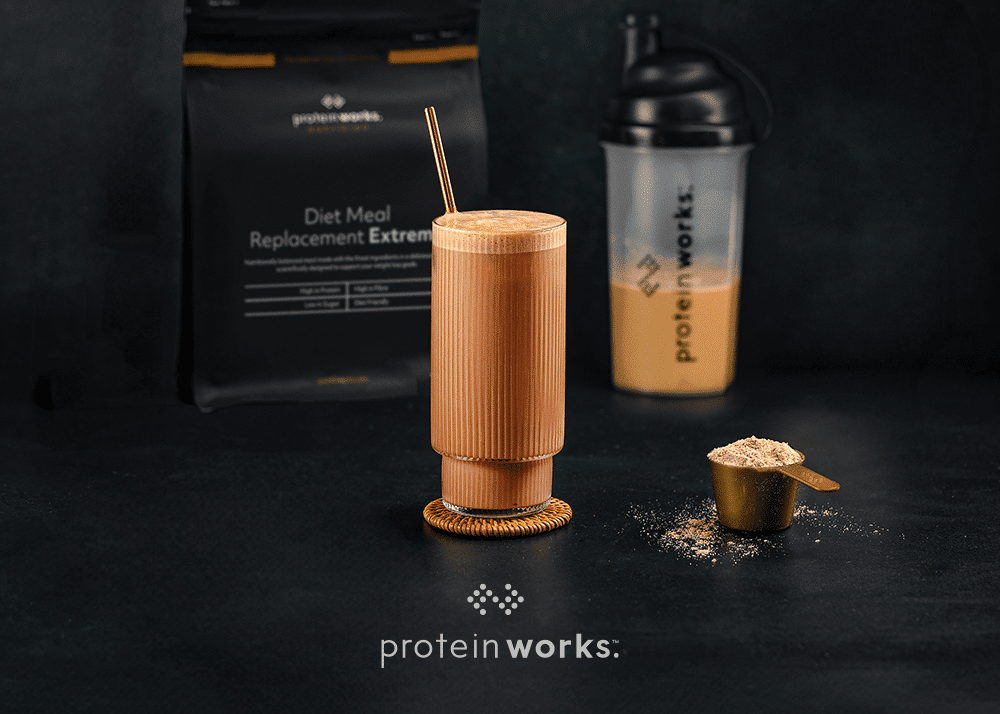
4 Tips For Transitioning Into Your Cut
I feel very much like I’ve only just started my bulk, and like I really haven’t gained enough muscle this time around. But it has, in reality, been nearly three months since I came out of a caloric deficit (maintenance phase and quasi-reverse diet included) and I’m 4kg up on the scales. I am reaching a stage of anabolic resistance and the necessity of dieting is becoming less and less avoidable. I am not the only one with this mind set. Most people who compete – and some really keen beach-bod pursuers – know that their ripped body’s heyday is calling.
But this indulgent eating is so very comfortable! How can you go from double scoops of creamy mashed potato with every meal to chicken and broccoli – like that? Here are my pro-tips for transitioning from surplus into deficit apropos calories.
1. Fibre, Water, Air & Roughage
Confirming ancient dietary wisdom (and common sense), there is actual research that proves that the amount of space taken up in your stomach is central in the human perception of “fullness”. You don’t need a researcher to inflate a balloon in your stomach for a low-calorie route to real fullness, though. You can take the old-fashioned, more gut-amicable route of filling up with fibre, water, air and roughage.
At the beginning of your diet, when it is arguably at its hardest, it makes sense to ease yourself into the deficit by putting yourself under the impression that you are still as full as when you were in a surplus or at maintenance. So consider:
> Green veggies, as well as being loaded with micro- and phyto-nutrients – not to mention flavour – are also extremely filling, without the caloric penalty of similarly filling foods like nuts.
> Dehydration is often mistaken for hunger; so drink more water.
> A fluffy souffle is infinitely more filling than the same quantity of unfolded eggs; the same can be said for a frothy shake. Pack air into your foods.
2. Keep Your Foods the Same
Despite the recommendation for additional green veggies and high-volume, low-density foods in your diet, one of my biggest recommendations for the start of your diet is to alter portion size only. Too many people make the mistake of taking in one set of foods for their offseason and another for their diet. It’s a recipe for disaster, flipping the lid on everything you know.
You will more likely see your diet through if you continue to eat the foods you love. Often, at the start of a diet, I feel like I’m eating more food; I’m eating about a third less of my pasta but have bulked out the dish with a vegetable medley, and the bowl is twice as full!
3. Anticipate your Time of Poorest Adherence
When are you most likely to fall off the wagon? For me, hunger is at its most extreme at around 6 p.m. and that hunger corresponds with gargantuan carb cravings as well. For you, it may be first thing in the morning; it may be post-workout; it may be at lunch time. Whatever time of day that might be, schedule your biggest meal for then.
If it means skipping a meal to make this one large enough to be satiating and keep you on track, then so be it. I skip breakfast, when I’m rarely hungry anyway – and certainly not likely to cheat on the diet – and start eating at around 10.45 each day, meaning I can have a full 900kcal meal for dinner. I feel great all evening, I sleep like a baby, and most importantly I hit my calories for the day.
4. Forget Linear
“Lose 1lb a week. If you lose more, reduce the deficit; if you lose less, increase the deficit.”
No thanks.
Whilst tracking your weight is a useful tool, especially later in the diet, the 1lb rule must die. It arises from the notion that a 1lb loss is likely to be from fat, whilst any greater a loss risks muscle loss. This is true… if you’re already lean.
If you’re carrying quite a bit of fat (and by that, I mean anything above about 15% for men and about 25% for women), you can afford to start your diet with a bigger deficit, and temper it thereafter. When you carry more fat, you will preferentially shed it over muscle. When you get into single digits, of course, you need to be extremely careful with your deficit to preserve lean mass, but not yet!
Weight lost per week, if tracked on a graph, ought not to follow a straight line.
With these tips in mind, stroll confidently into your next diet, confident in the knowledge that it will be your most sustainable diet yet!






No Comments yet!